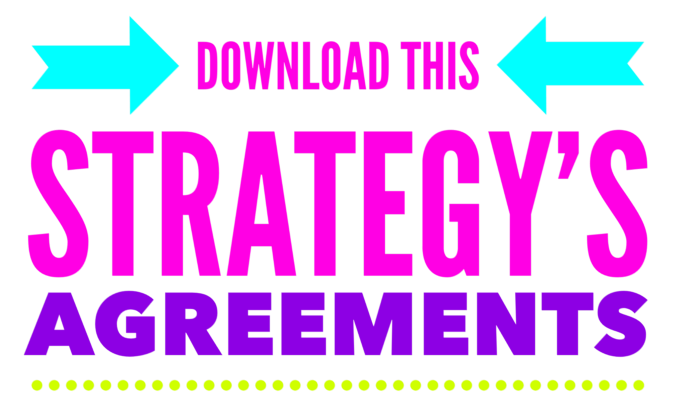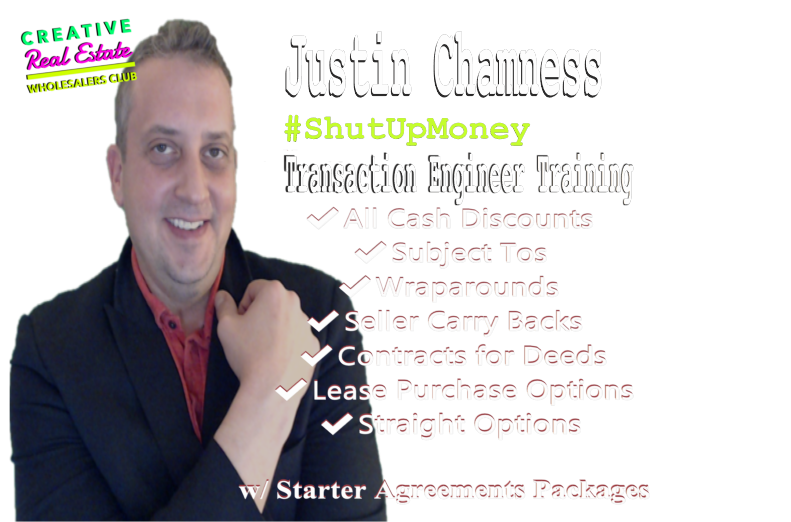Wraparound Mortgage to Home Owner
A wraparound mortgage is a financing arrangement in which a property seller retains their existing mortgage while assuming the responsibility for financing a significant portion of the purchase price for a new buyer. In this arrangement, the seller effectively serves as a lender, offering a second mortgage to the buyer while preserving the original mortgage agreement.
Here's an Example using Wraparound Mortgage:
Property Details:
Purchase price of the home: $300,000
Seller's outstanding mortgage balance: $200,000
Seller's equity in the property: $100,000
Buyer's down payment: $20,000
Wraparound Mortgage Transaction:
The buyer provides a down payment of $20,000 to the seller in cash.
The buyer and seller agree on the terms of the wraparound mortgage.
The seller offers a new 2nd mortgage for the entire purchase price of $280,000.
The new mortgage "wraps around" the seller's existing mortgage as the seller continues to pay their first existing mortgage.
Closing and Transfer of Ownership:
The buyer and seller meet at a closing agent's office or a title company to complete the transaction.
The seller transfers the property's title to the buyer.
The buyer provides the down payment to the seller.
Ongoing Obligations:
The buyer makes monthly mortgage payments to the homeowner based on the terms of the wraparound mortgage.
The proceeds the seller receives monthly from the new wrap mortgage is responsible for paying the seller's original mortgage payment, deducting it from the buyer's payment, and the remaining amount goes to the seller's pocket.
❤ ASK THIS QUESTION TO SEE IF THIS "WRAPAROUND" STRATEGY FITS THE HOMEOWNER LEAD YOU'RE TALKING TO:
"Mr. Home Owner, Would you allow me to take over ownership of the house, giving you a note -- a 2nd mortgage for the entire purchase price of the property?"
❤ You'll Know This Strategy Fits If The Homeowner Says:
"I still have a mortgage, but I want to sell at a higher price than what’s owed."
"I’m not in a hurry, but I’d like to sell and get some money now and some over time."
"I have a mortgage, but the interest rate is low, and I’m open to keeping it in place."
"I’d prefer to create a new loan that wraps around my current one."
"I don’t mind getting paid over time, but I’d like to get some cash upfront as well."
Best For:
Homeowners with existing loans but wanting to sell for more than what they owe.
Sellers with a desirable interest rate who want to structure a deal that allows them to make additional profit.
Buyers and sellers looking for creative financing that wraps an existing mortgage into a new loan.

Agreement for This Strategy:
Purchase and Sale Agreement
+ Wraparound Disclosure
CLOSES AT TITLE ATTORNEY CO
because DEED TRANSFERS
Quiz/Test: Wraparound Mortgage Strategy
In a wraparound mortgage transaction, what does the buyer provide to the seller as a down payment?
a) Cash
b) New mortgage
c) Property title
d) Monthly payment plan
What is the total purchase price of the property in the wraparound mortgage transaction?
a) $100,000
b) $200,000
c) $280,000
d) $300,000
How does the buyer finance the remaining purchase price in a wraparound mortgage transaction?
a) Through a new mortgage from a lender
b) Through a personal loan from the seller
c) Through monthly installment payments to the seller
d) Through a home equity line of credit
True or False: The new mortgage obtained by the buyer in a wraparound mortgage transaction wraps around the seller's existing mortgage.
a) True
b) False
Where does the closing typically take place in a wraparound mortgage transaction?
a) Seller's attorney's office
b) Buyer's attorney's office
c) Title company's office
d) Real estate agent's office
What occurs during the closing and transfer of ownership in a wraparound mortgage transaction?
a) The buyer provides the down payment to the seller
b) The seller transfers the property's title to the buyer
c) The buyer and seller meet at a closing agent's office or title company
d) All of the above
Who is responsible for making the existing mortgage payments in a wraparound mortgage transaction?
a) The seller
b) The lender
c) The buyer
d) The government
How does the wraparound mortgage payment structure work for the seller?
a) The buyer pays the seller's wrap mortgage payment directly
b) The seller deducts the original mortgage payment from the buyer's payment
c) The seller receives the remaining amount after deducting the original mortgage payment
d) All of the above
What legal documents are typically involved in a wraparound mortgage transaction?
a) Purchase and Sale Agreement
b) Wraparound Disclosure
c) Deed transfers
d) All of the above
What is the main benefit for the seller in a wraparound mortgage transaction?
a) Immediate receipt of the down payment
b) Transfer of mortgage responsibility to the buyer
c) Increased monthly cash flow from the wraparound mortgage
d) Avoidance of foreclosure or default
True or False: The wraparound mortgage strategy is suitable for homeowners who want to receive a down payment and sell their property while still retaining the existing mortgage.
a) True
b) False


